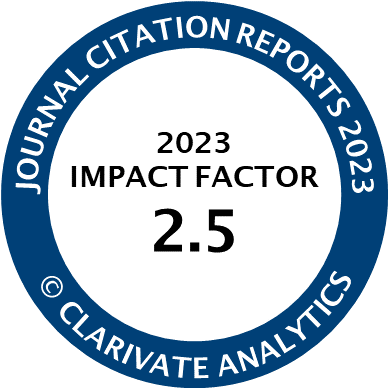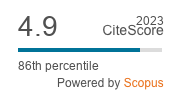Article | Open Access
To What Extent Can the CJEU Contribute to Increasing the EU Legislative Process’ Transparency?
| Views: | 1987 | | | Downloads: | 1686 |
Abstract: Alongside other actors such as the European Ombudsman, the Court of Justice of the European Union (CJEU) plays what looks like, at first sight, a key role in improving the transparency of EU legislative procedures. To take two relatively recent examples, the De Capitani v. European Parliament (2018) judgment was perceived as a victory by those in favor of increased transparency of EU legislative procedures at the stage of trilogues, as was the ClientEarth v. European Commission (2018) judgment regarding the pre-initiative stage. Both rulings emphasize the need for “allowing citizens to scrutinize all the information which has formed the basis of a legislative act…[as] a precondition for the effective exercise of their democratic rights” (ClientEarth v. European Commission, 2018, §84; De Capitani v. European Parliament, 2018, §80). Nevertheless, while the CJEU’s case law may indeed contribute to improving the legislative process’ transparency, its impact on the latter is inherently limited and even bears the potential of having a perverse effect. This article sheds light on the limits of the CJEU’s capacity to act in this field and the potential effects of its case law on the EU institutions’ attitudes or internal organization.
Keywords: Council of the European Union; Court of Justice of the European Union; European Commission; European Parliament; European Union; legislative procedure; transparency
Published:
© Benjamin Bodson. This is an open access article distributed under the terms of the Creative Commons Attribution 4.0 license (http://creativecommons.org/licenses/by/4.0), which permits any use, distribution, and reproduction of the work without further permission provided the original author(s) and source are credited.




